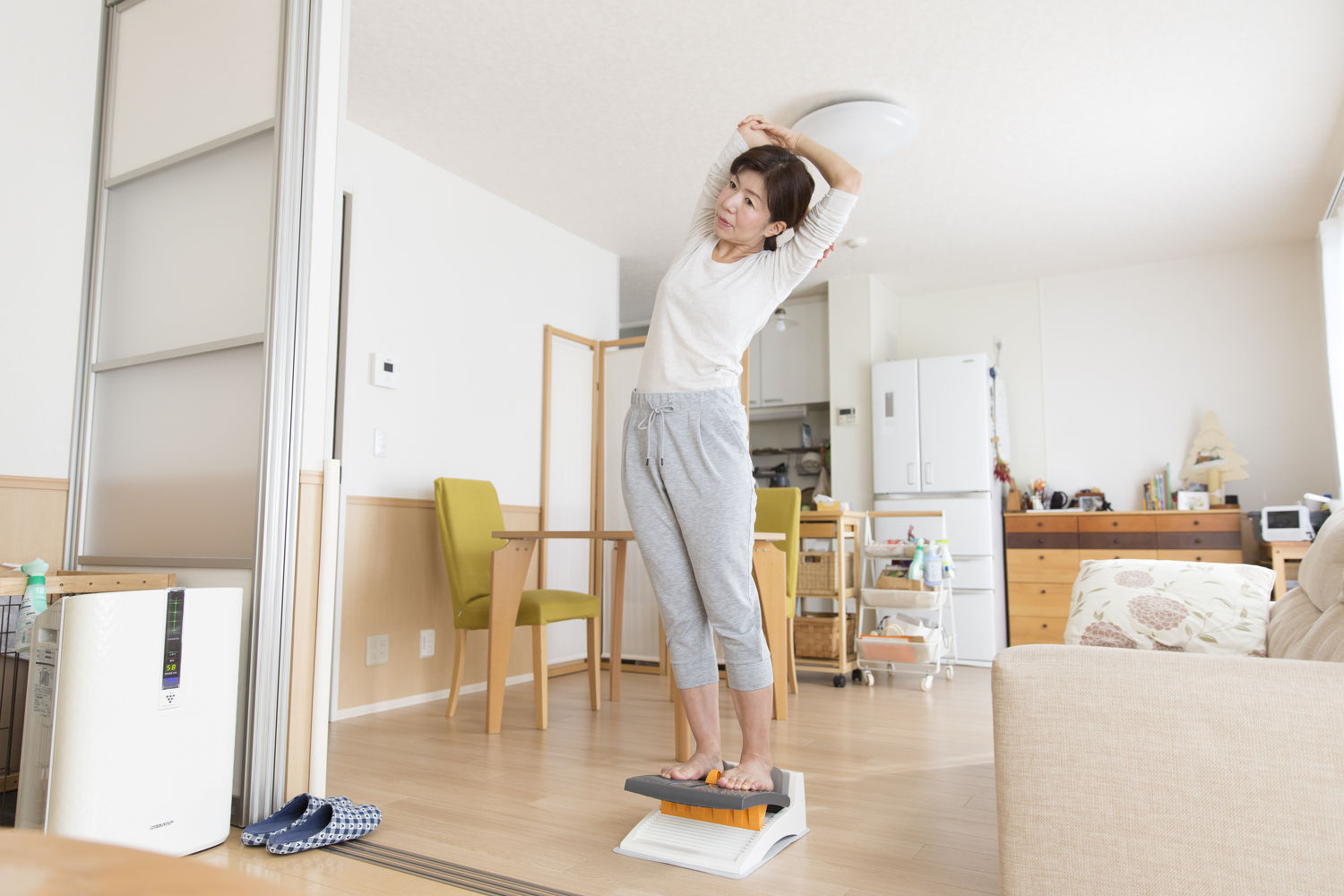30s
You are in your 30s, and things are not the same as when you were in your 20s. You start to notice that you will need longer to recover from workouts (and party nights). This is when you start to get a strong grip on your career and see more long hours sitting in front of the computer, working away while your body loses muscle mass.
Mai recommends more mobility work before your workouts to prep your muscles and joints, to reduce the probability of aches and pains. As for the main workout, those in their 30s have a wide option, from strength training to help gain and maintain muscle mass that helps to increase metabolism and functional workouts and high-intensity interval training (HIIT) to enhance mobility.
See also: Garmin celebrates two decades of excellence with the launch of the Forerunner 965 and 265, designed with runners in mind
Remember to find something you enjoy that you can easily incorporate into your daily routine. Some of the best exercises are running, cycling, swimming, walking and jumping rope. Walking is the easiest activity to incorporate into your life and may help boost your immune system.
Remember to find something you enjoy that you can easily incorporate into your daily routine. Some of the best exercises are running, cycling, swimming, walking and jumping rope. Walking is the easiest activity to incorporate into your life and may help boost your immune system.

See also: Absolute Singapore celebrates its fifth anniversary with a new studio
40s
The 40s are about balancing your time with work, family and yourself. People often forget that the self-love aspect and the prolonged sedentary lifestyle could lead to declining cardiovascular health and functionality. This is when the range of motion decreases, and muscles start to tighten, causing all sorts of muscle aches.
Even sleeping on the wrong side of the bed may cause some aches the next day. In your 40s, perimenopause starts to occur, causing progesterone, oestrogen and testosterone levels to decline. In turn, this causes cortisol — the stress hormone — to increase.
This is where the little pockets of time are important. Mai advises fitting in opportunities to be more physically active in daily routines, such as taking the stairs and parking just a little further to clock in those extra steps. Before working out, warm-ups are a must to move the joints through different ranges of motion and warm up the muscles to reduce the chances of injuries.
Mai suggests low-impact exercises like yoga, pilates and brisk walking, which can also help with stress. This can also be paired with high-intensity workouts to help balance stress and help to stretch the muscles, as well as some strength training for muscle maintenance.
50s and beyond
For more lifestyle, arts and fashion trends, click here for Options Section
While work and family time starts to become less demanding, it is important to allocate and give more time to yourself to work on your health and fitness. At this age, bone mass and density decline, making you more susceptible to injuries.
“Functional training is key to maintaining daily functions,” says Mai, while also recommending low-impact cardio exercises such as yoga, swimming, brisk walking and cycling, as opposed to high-intensity workouts, so you can keep reaping cardiovascular benefits to keep the heart healthy.
Menopause is common in this age group, and this is when muscle mass starts to decline and to maintain strength and balance. It is therefore crucial to work on core strength and balance, so as to prevent falls and injuries. Pilates would be a good routine to help build core strength and balance, while strength training can help keep muscle mass.
“While keeping active in this age is essential, don’t overdo it and remember to schedule rest days between your workouts to let your body recover,” she adds.


